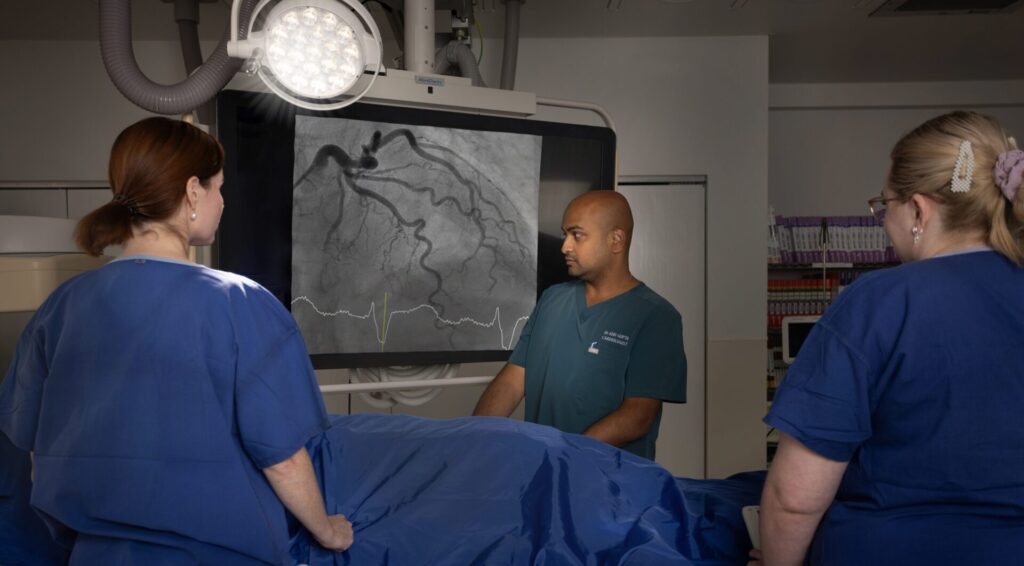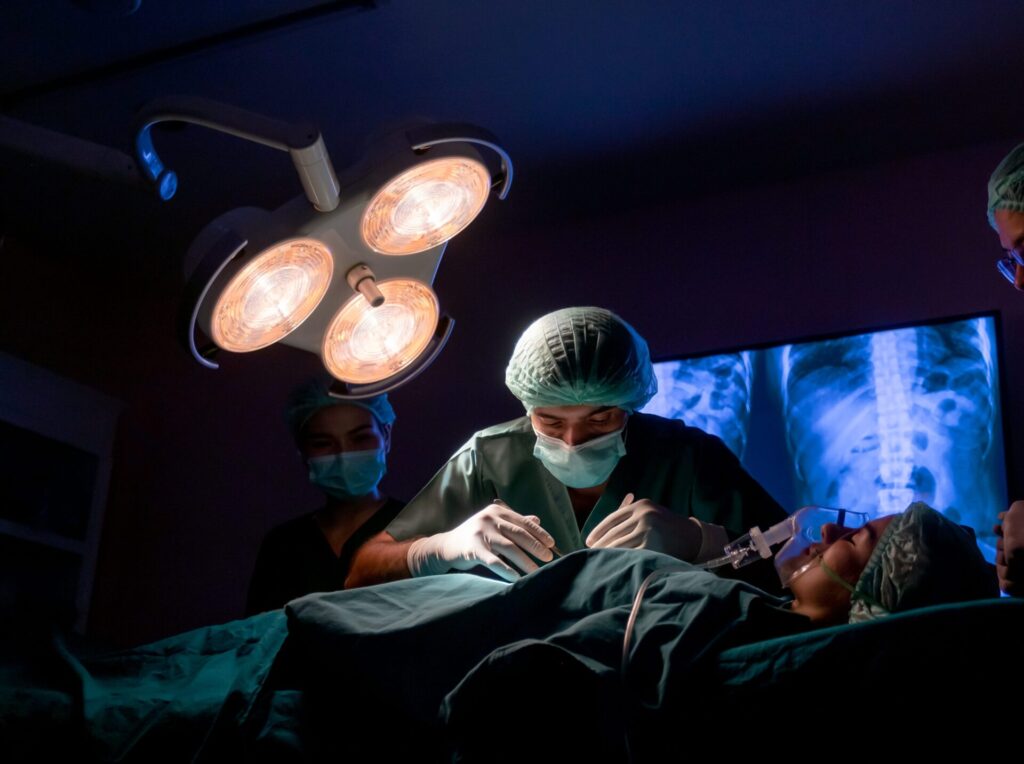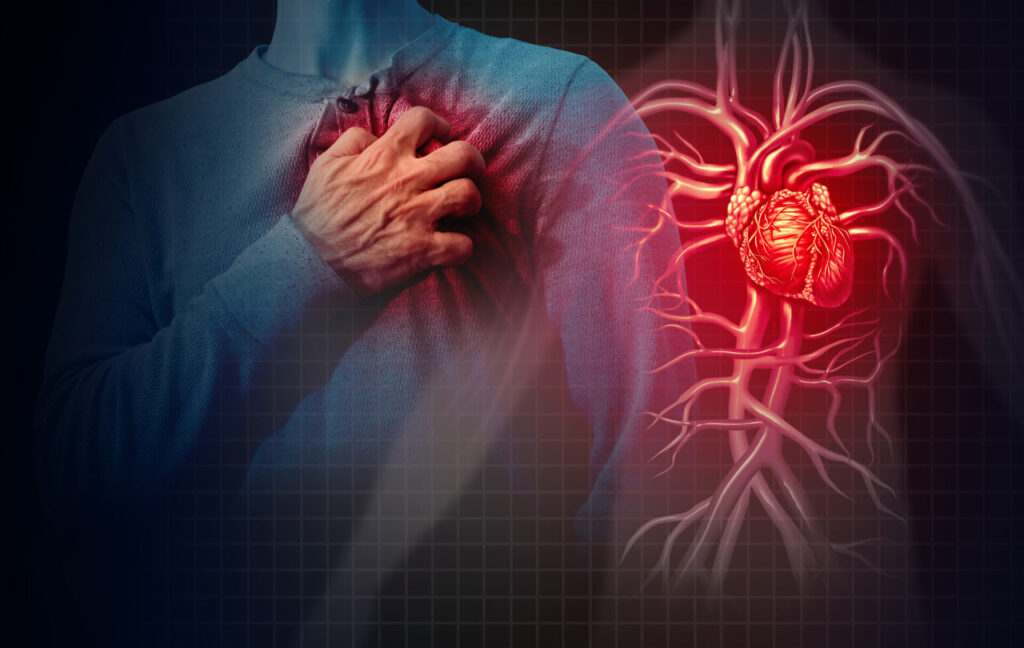Accurate, reliable information is essential when it comes to understanding the health of your heart.
Coronary angiography is a highly effective diagnostic procedure that helps your cardiologist assess the state of your coronary arteries. By identifying any blockages or narrowing in these arteries, coronary angiography provides critical information that can guide your treatment plan and help prevent serious heart conditions.



Coronary angiography is a specialised imaging test used to take detailed pictures of your coronary arteries. It involves injecting a contrast dye into your arteries and using X-ray technology to see how blood flows through your heart. This allows Dr Anu to identify any blockages or narrowing that could be affecting your heart’s blood supply.
The procedure is typically recommended if you’re experiencing a:
Other reasons to have a coronary angiogram include:



Coronary angiography is performed in a hospital setting, usually under local anaesthesia, sometimes with the help of an anaesthetist. Below is an overview of the process of a coronary angiogram:
1
You are positioned on the center of the bed, with the xray machine above you. The wrist and leg (near the groin) is cleaned with sterile cleaning material, and a sterile drape is placed over your body, excluding your head.
2
Local anesthetic is inserted under the skin and a thin plastic tube is placed into the blood vessel, usually in the wrist, or sometimes from the leg artery. Through this tube, small plastic catheters are carefully guided to the coronary arteries of the heart.
3
A contrast dye is injected through the catheter, allowing X-ray images to capture the blood flow in your heart’s arteries, in real time.
4
The images help your cardiologist determine if there are any blockages or areas of narrowing.
5
Completion and recovery
The entire procedure typically takes about 30 minutes to an hour, and you’ll be monitored closely during and after to ensure everything goes smoothly. Your doctor will then give you the results of the procedure and make appropriate follow-up prior to going home.
For patients who require it, coronary angiography is the gold standard to diagnose blockages in the heart arteries. By pinpointing blockages in the coronary arteries, Dr Anu can develop a personalised treatment plan that may include lifestyle changes, medications, or further procedures such as angioplasty to improve blood flow.
Coronary angiography plays a vital role in:


Following your coronary angiography, Dr Anu will discuss the results with you and explain any necessary follow-up care. If significant blockages are found, further treatment such as coronary angioplasty may be recommended.
Recovery is usually quick, and most patients can go home the same day or the next morning, depending on the results and the complexity of the procedure.
The procedure typically takes between 30 minutes to an hour, depending on the complexity of your condition. You will be monitored before, during, and after the procedure to ensure your safety and comfort.
Coronary angiography is generally not painful. You may feel some pressure when the catheter is inserted, but the procedure itself is usually well tolerated. Local anaesthesia will be used to numb the area.
Dr Anu will review the images immediately and discuss the results with you either on the same day or shortly after. Based on the findings, they will recommend the next steps in your treatment plan.
You may be asked to avoid eating or drinking for a few hours before the procedure. Your doctor will provide you with specific instructions, including whether to adjust any medications beforehand.
As with any medical procedure, there are some risks, including allergic reactions to the dye, bleeding at the catheter insertion site, or, very rarely, damage to the artery. However, coronary angiography is generally a safe procedure, and Dr Anu will discuss any risks with you before proceeding.
Lorem ipsum dolor sit amet, consectetur adipiscing elit. Ut elit tellus, luctus nec ullamcorper mattis, pulvinar dapibus leo.